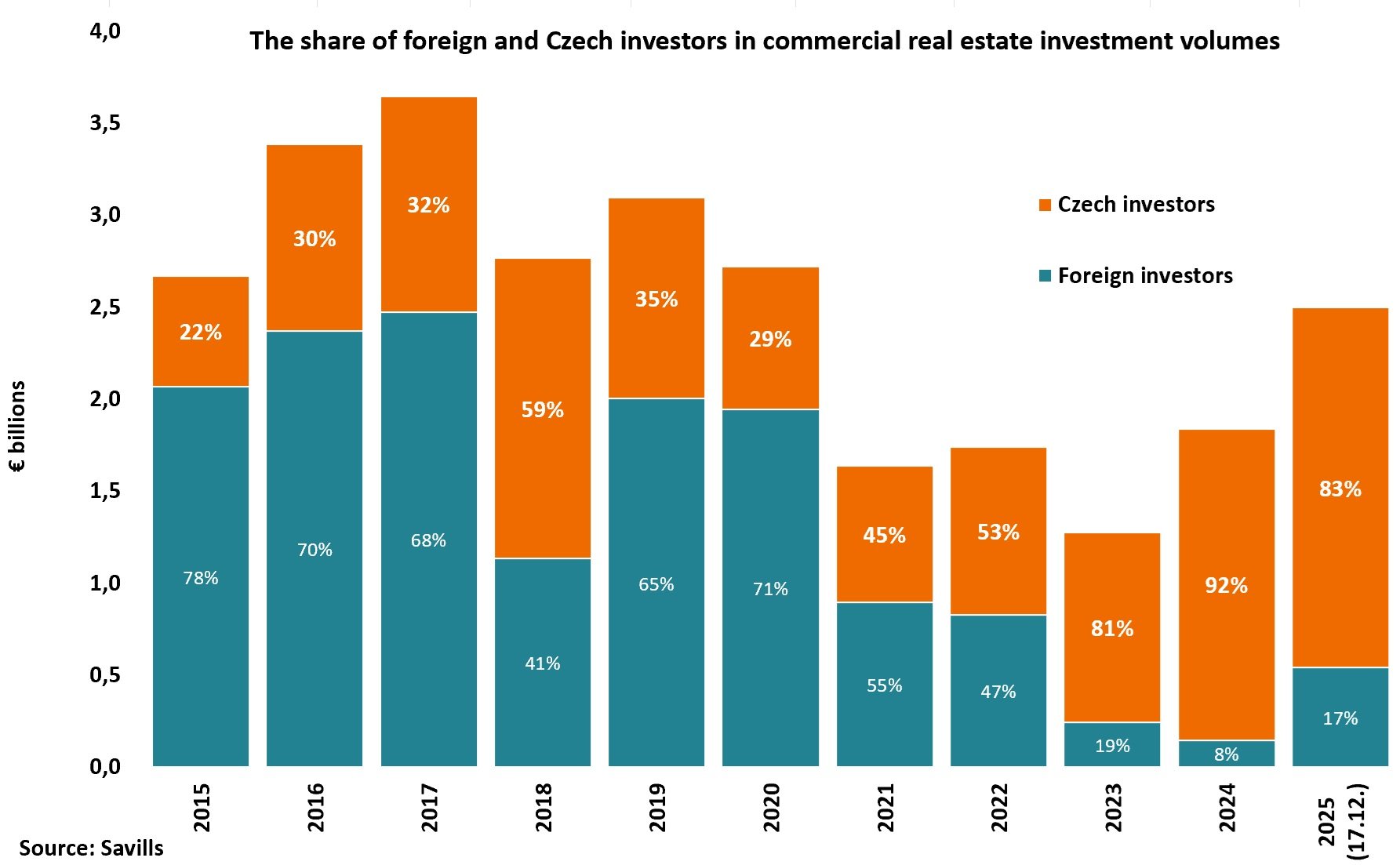
EBRD upgrades 2024 growth forecast for Poland
More from Investment Market
Residential
KPE secures PLN770m refinancing for Student Depot portfolio
Kajima Properties Europe (KPE), the pan-European development and investment management arm of the NIKKEI-listed Kajima Corporation, has completed the refinancing of its Student Depot portfolio, securing a PLN 770...
Residential
BONARD secures strategic investment from Spire Capital to accelerate growth
BONARD, a market leader in research and data for investors active in the fast-growing student housing segment, has announced a partnership with private equity fund Spire Capital Partners (SCP)...






